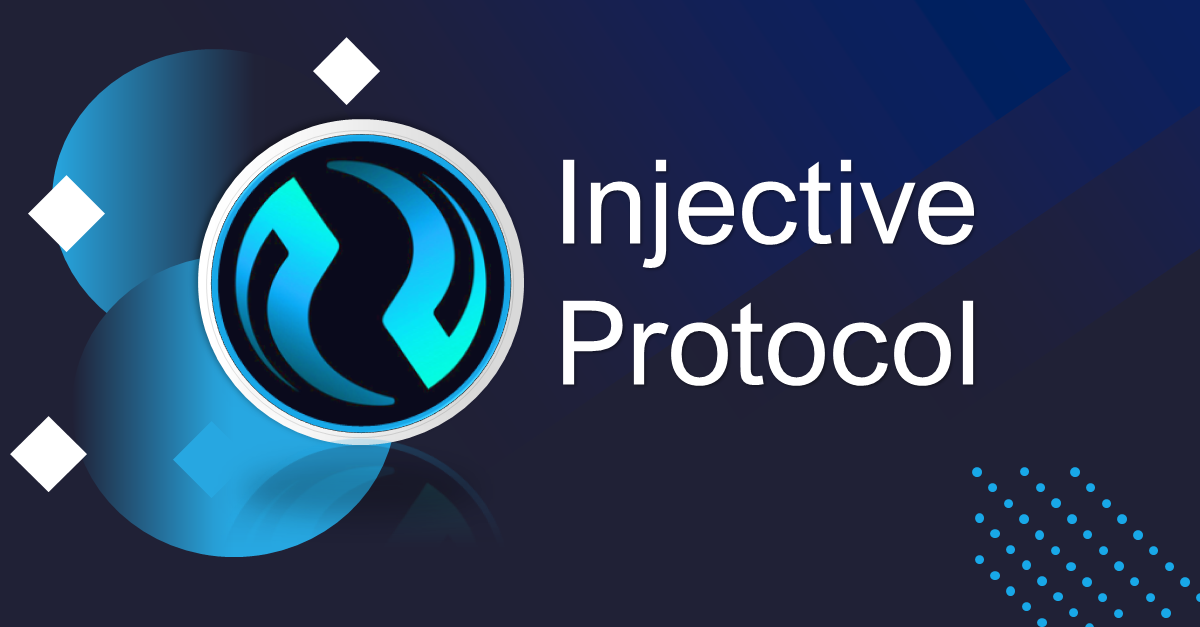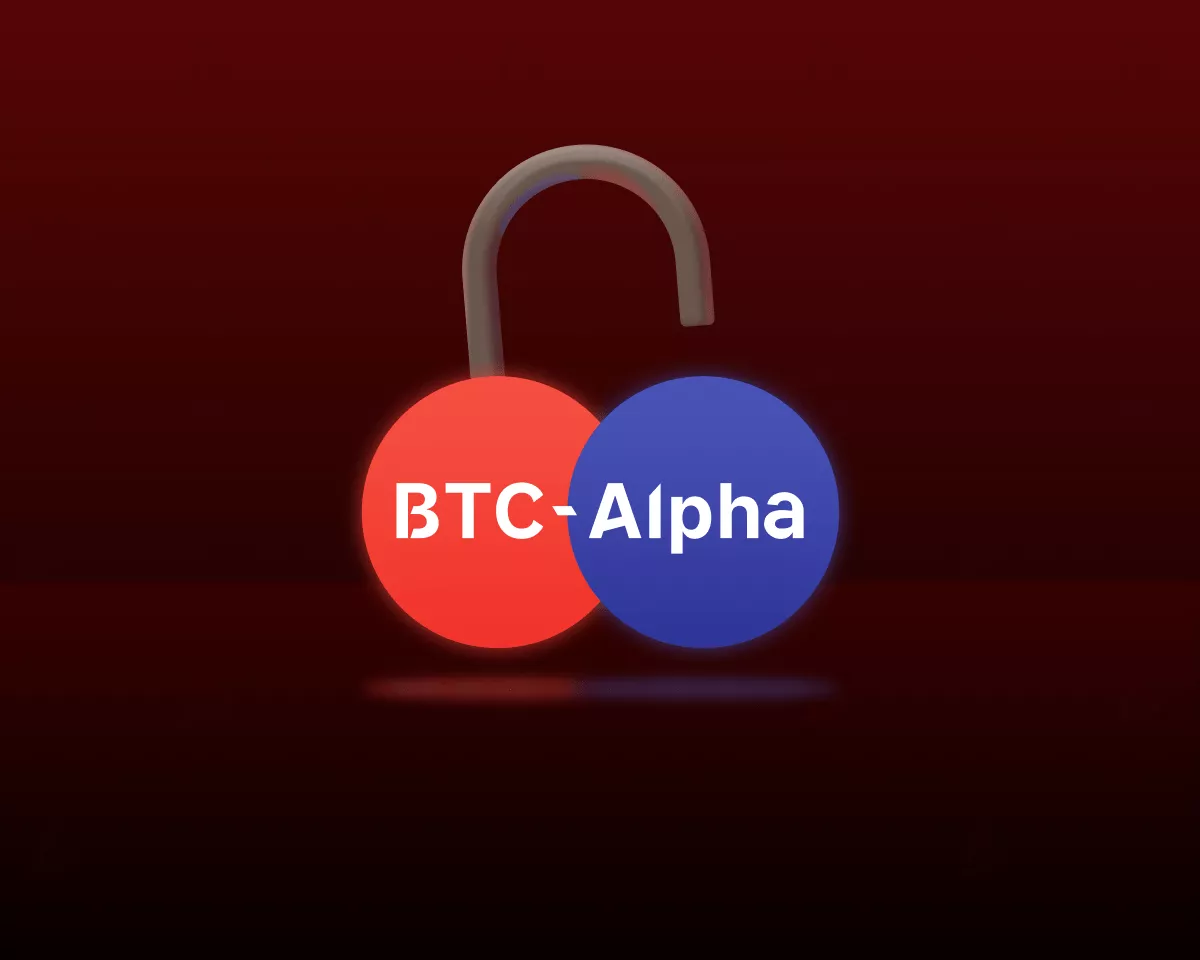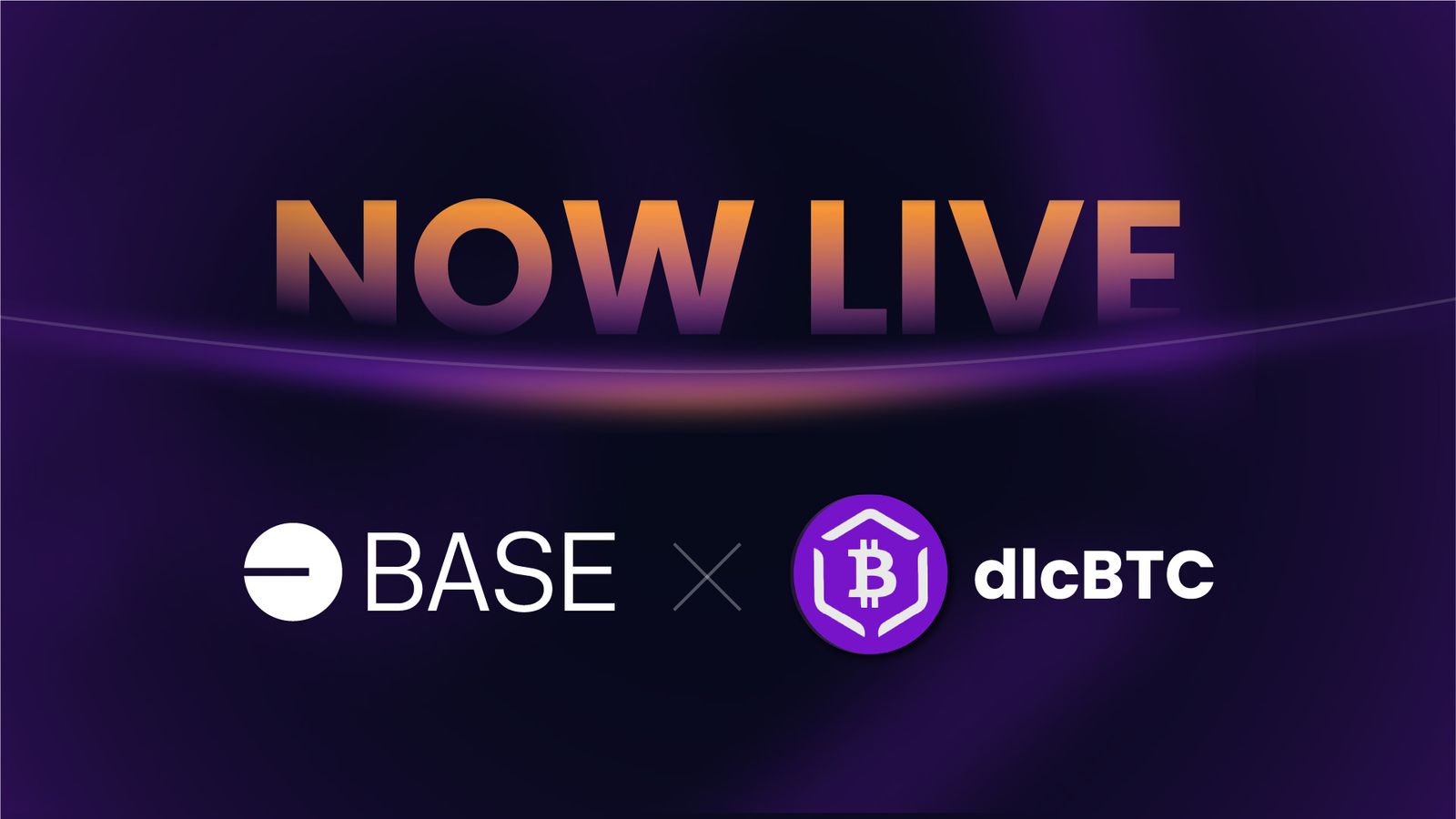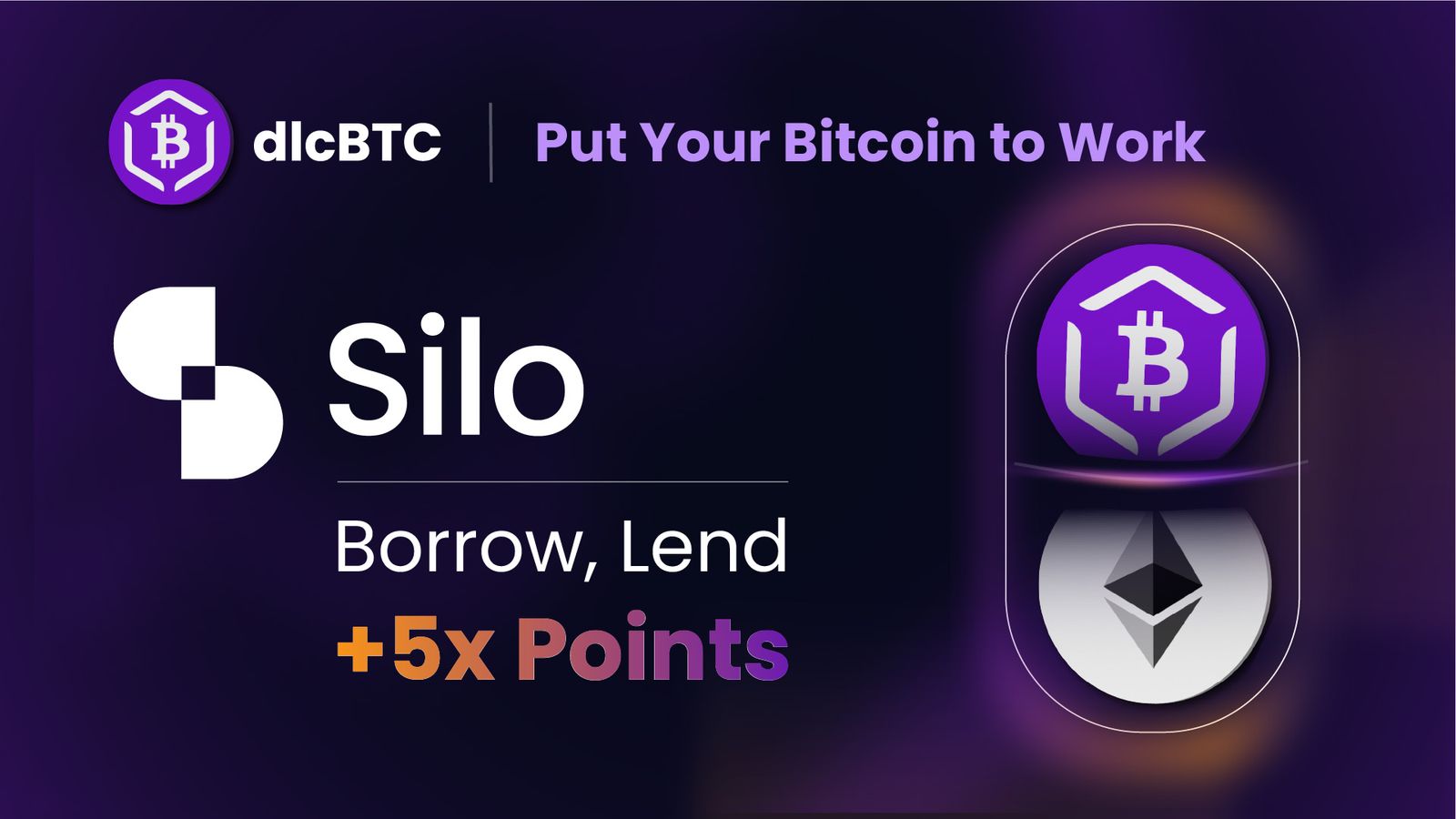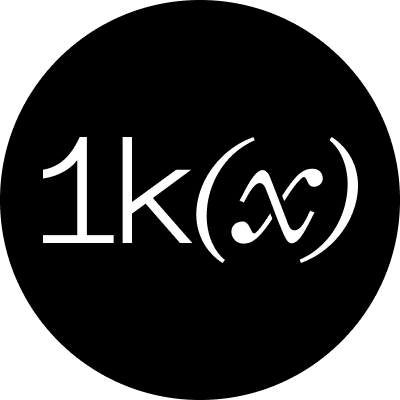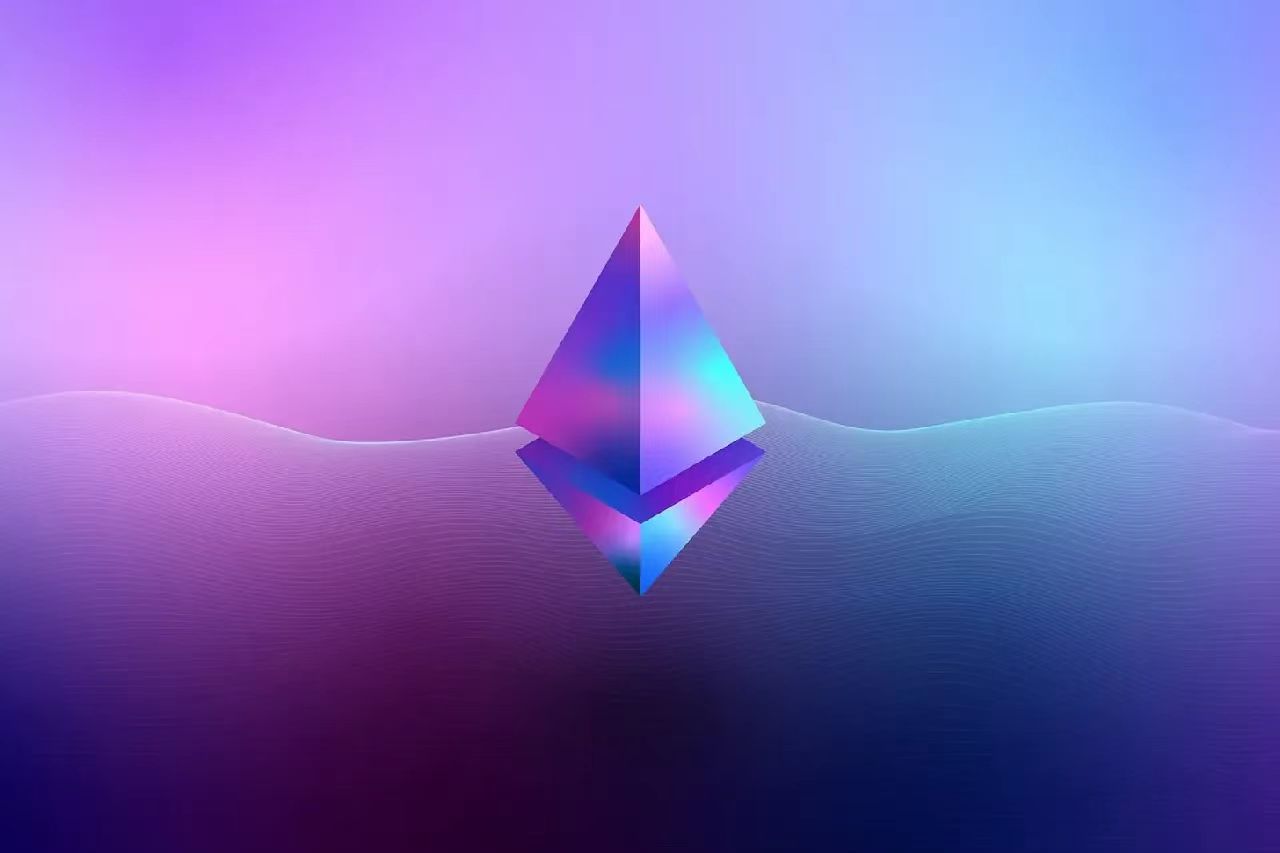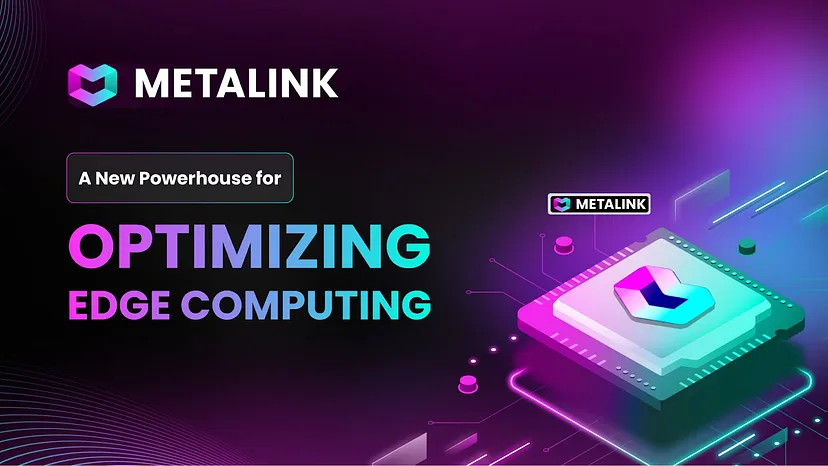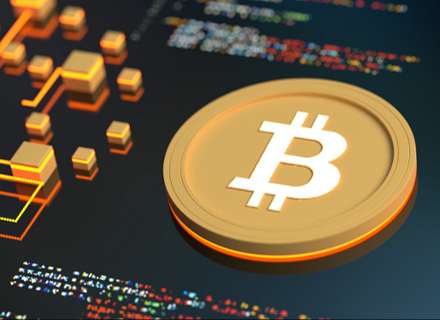Welcome back to DeFi Frameworks - today’s research report dives into the Injective blockchain and its ecosystem. It covers the following:
Bullets
- Ecosystem Overview
- INJ Tokenomics (INJ burn)
- Comparative Analysis
- Airdrop strategies
- Volan Upgrade
Introduction
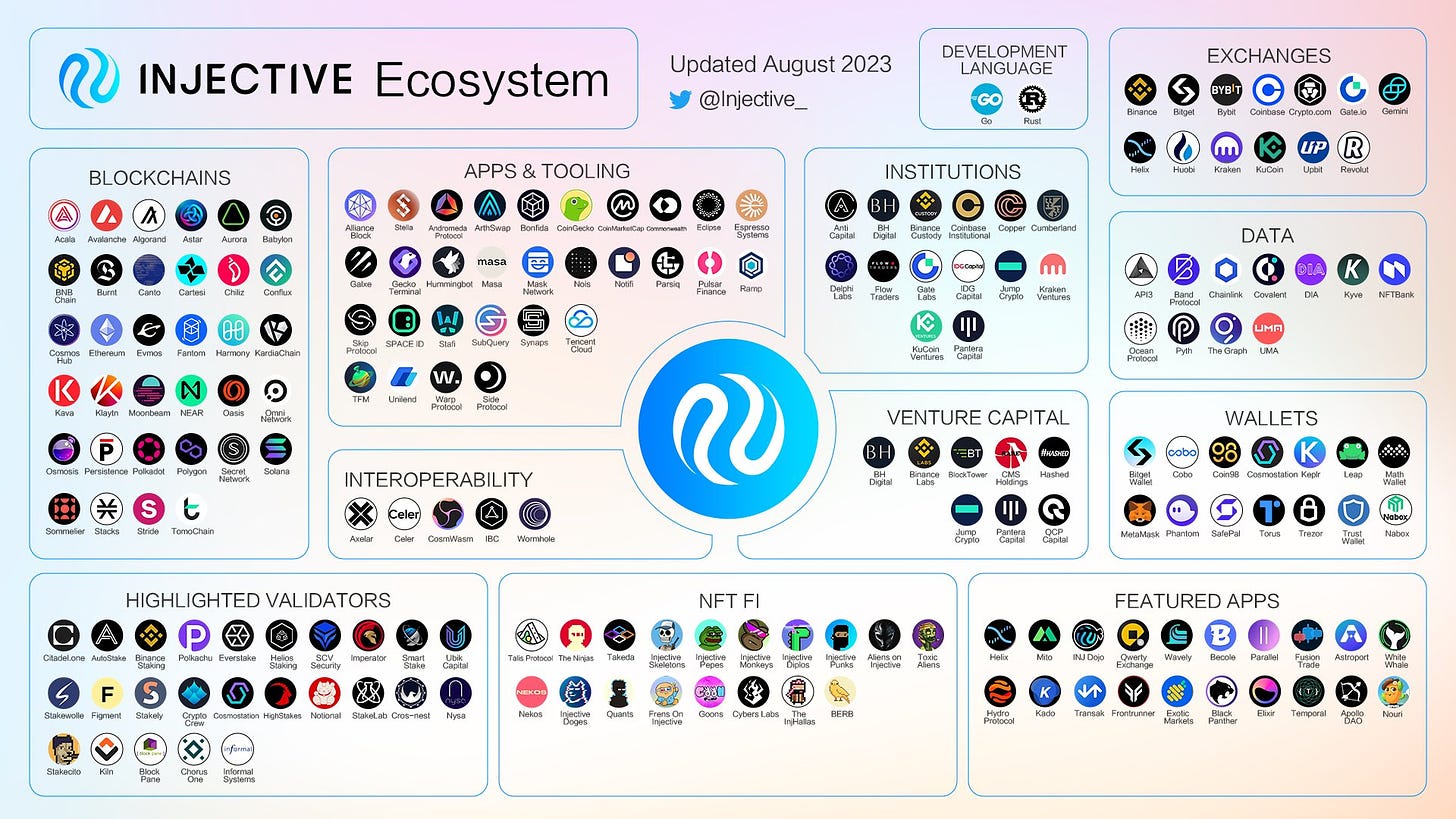 The Injective ecosystem - source
The Injective ecosystem - source
The Injective Protocol is an interoperable Layer-1 blockchain optimized for DeFi applications. It features out-of-the-box financial primitives like a fully decentralized orderbook, enabling the development of applications such as exchanges and prediction markets. Built using the Cosmos SDK, Injective achieves instant transaction finality using Tendermint consensus and facilitates fast cross-chain transactions with major networks like Ethereum and IBC-enabled chains
The Injective Hub is the platform and gateway for interacting with Injective, offering wallet, governance, staking, and INJ burn auction functionalities. The native token, INJ, is used for governance, staking, and dApp value capture, with an initial supply of 100 million tokens and a deflationary mechanism through burn auctions.
The $INJ token saw remarkable growth in 2023, rising more than 3,000%. This increase is partly attributed to fundamental growth in TVL and user onboarding but definitely also the increasing narrative surrounding alt-L1s as a whole.
Trading on Injective
Injective's trading infrastructure allows for the creation and trading of various spot and derivatives markets. It supports on-chain limit orderbook management, trade execution, order matching, transaction settlement, and trading incentive distribution, providing a comprehensive environment for decentralized trading. Developers can build dApps using CosmWasm, a smart contracting platform for the Cosmos ecosystem, allowing seamless migration of smart contracts across chains.
Ecosystem overview
The Injective ecosystem is distinguished by its DeFi-specific dApps, primarily focusing on spot derivatives trading and asset management. This overview highlights several notable dApps within the ecosystem:
Helix
Helix stands as the most prominent protocol and the largest perpetual DEX (Perp DEX) in the Injective ecosystem. It facilitates trading of cross-chain crypto assets and perpetual markets, offering market-leading rebates. Helix operates with zero gas fees, low taker fees, and competitive maker fee rebates, ensuring a cost-effective trading experience.
It has achieved over $16 billion in total trading volumes, (source) with a TVL of $10 million, marking it as the largest dApp in the ecosystem. For context, the dYdX chain, now part of the Cosmos ecosystem, has a TVL of $349 million and a cumulative volume of more than $1 trillion (dYdX V3+V4). While a direct comparison with the largest Perp DEX may seem ambitious, Helix has a long way to go in terms of competition.
Black Panther
Black Panther is a decentralized asset management protocol designed to offer superior returns through intelligent vaults. These vaults leverage active trading strategies, such as grid trading, to provide a unique source of alpha, differentiating Black Panther Finance from typical auto-compounding yield protocols. With a TVL of $3.6 million as of January 5, 2024, the protocol utilizes strategies like grid trading, trend following, and real yield. The vaults have generated APYs reaching up towards 100-600%.
Dojoswap
Inspired by Uniswap, Dojoswap is an automated market-maker (AMM) protocol on the Injective blockchain. It facilitates decentralized on-chain exchange for various assets within the ecosystem.
Astroport
Astroport functions as a decentralized, permissionless, and open-source DEX. Governed by its community of token holders through the Astral Assembly, Astroport's DAO, the protocol supports permissionless asset listing, multiple pool types, and a robust incentive structure. It features programmable liquidity, a new Rust codebase, oracle integration, and easy dApp integration, supporting various liquidity pool types and offering a data-rich user interface. Astroport is live on Terra, Sei, Injective and Neutron.
Talis
Talis, akin to Blur on Ethereum, offers an NFT marketplace, a launchpad, and artist tools. It facilitates buying, selling, and trading NFTs within the Injective ecosystem. The $TALIS token is confirmed, to be eligible, one has to engage with the platform —such as buying or selling NFTs.
INJ Tokenomics
INJ Token Overview
- Initial Supply: The INJ token was launched with an initial supply of 100 million tokens.
- Inflation Rate: The inflation rate was targeted at 7% at the genesis of the token, with a plan to decrease it to 2% over time to manage supply growth.
Governance
- Token Utility: INJ serves as the governance token for the Injective Chain, enabling token holders to participate in key ecosystem decisions.
- DAO Participation: Holders of INJ can propose new market listings and engage in other governance decisions, contributing to the decentralized management of the protocol.
- Community-Driven Governance: The Injective Labs team abstains from voting to ensure that governance remains in the hands of the community, promoting a democratic and decentralized governance structure.
Deflationary Mechanism
- Buyback and Burn: A buyback and burn mechanism is in place where 60% of the fees collected from the ecosystem are used to purchase INJ tokens, which are then burned.
- Supply Reduction: This deflationary process is designed to reduce the total supply of INJ tokens over time, potentially increasing scarcity and value.
- Burn till date- A total of 5.8 million $INJ tokens worth $241 million have been burned so far through auctions. Source
INJ Burn 2.0 Upgrade
- Enhanced Token Burn: The INJ Burn 2.0 upgrade allows all dApps built on Injective to contribute to the INJ burn auction, with no limits on the amount they can burn.
- Economic Impact: This upgrade is intended to strengthen the on-chain economy by capturing value from all dApps across the Injective ecosystem, further aligning the interests of various stakeholders.
The INJ tokenomics are structured to balance the initial token supply with mechanisms that incentivize development, reward users, and maintain a deflationary supply to support the token's value over time. The governance model ensures that the community has a significant role in the protocol's direction, while the burn mechanism aims to create a sustainable economic model for the Injective ecosystem.
$INJ price performance
From a low of $1.4 in Jan 2023 $INJ has reached an ATH of $45, the mcap scaled from $110 million to a staggering $4.50 billion in a year.
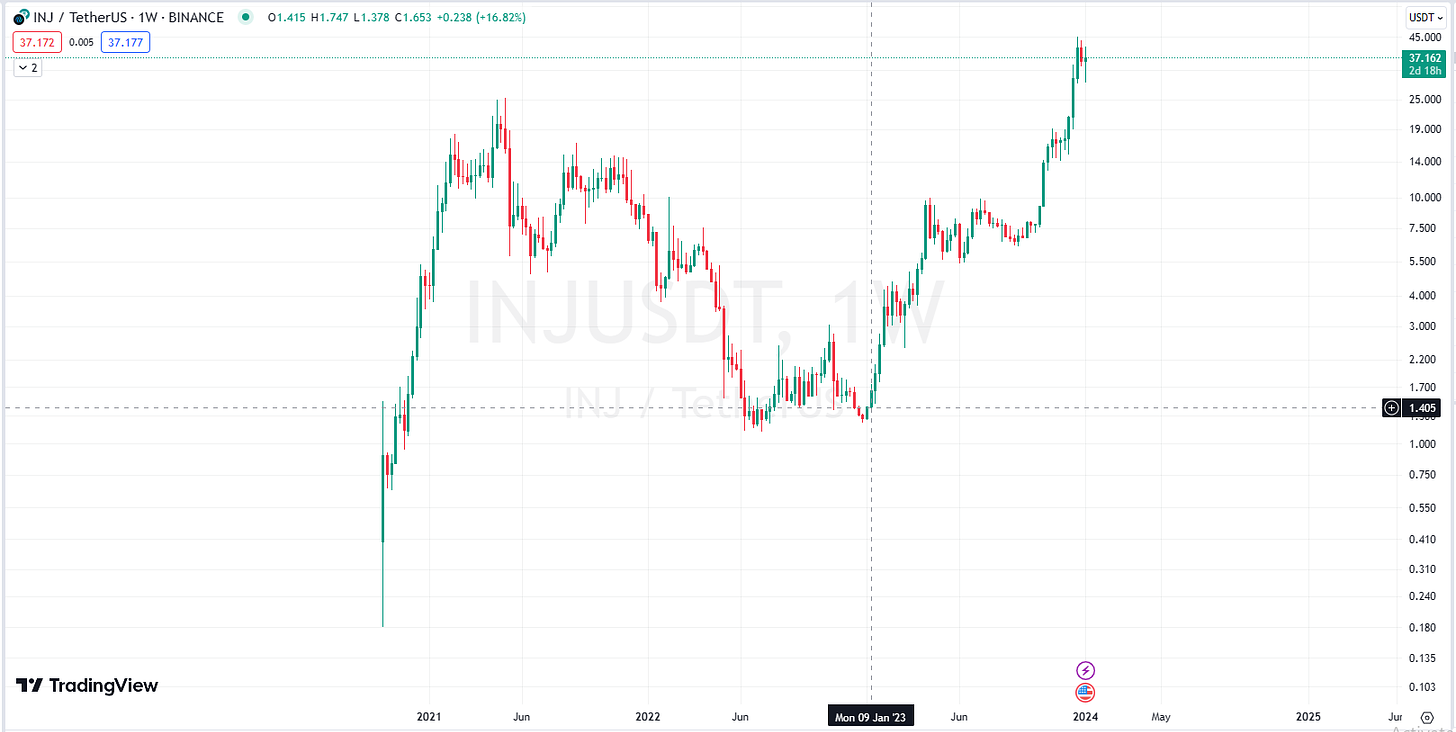
Comparative Analysis
Although impressive performance in terms of price action and mcap growth, however the TVL metrics haven’t grown significantly to justify such a massive upsurge in valuation. Lets compare INJ valuations with popular ecosystems within the Cosmos hub with a simple Mcap/ TVL metric from DefiLlama.
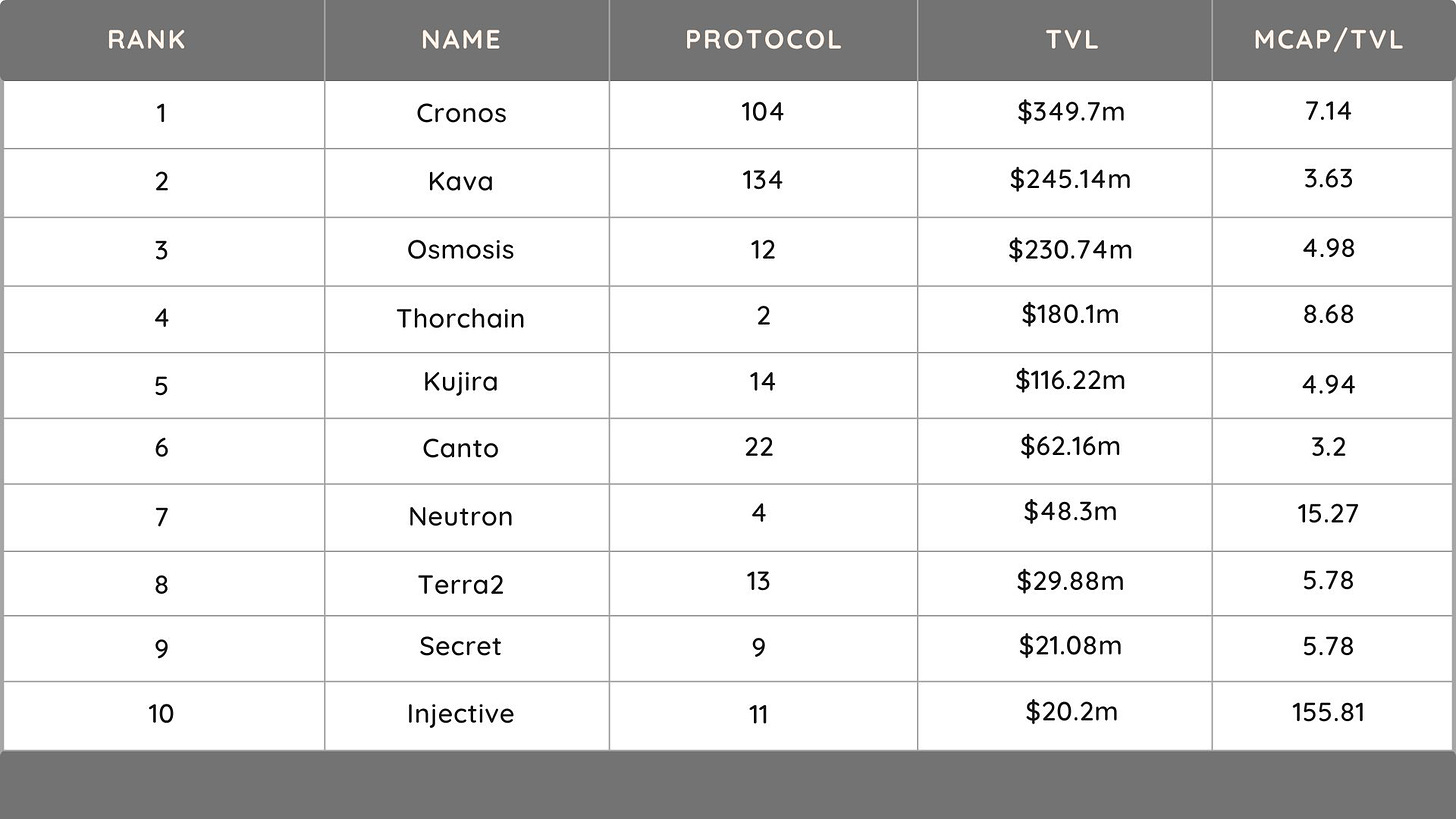 Comparison with ecosystems within Cosmos IBC - source
Comparison with ecosystems within Cosmos IBC - source
Injective has a Mcap/TVL ratio of 155, which is higher than almost any by a large margin.
For a quick comparison with other major ecosystems outside of Cosmos see the table below:
 Overview of other chains in terms of mcap and TVL - source
Overview of other chains in terms of mcap and TVL - source
Comparision of Injective with Kujira and Osmosis
Osmosis DEX and Kujira are two distinct and popular appchains/ Defi applications that operate within the Cosmos ecosystem, each with its own unique features and offerings. Osmosis is a AMM enabled spot DEX that allows for the creation of liquidity pools and facilitates the trading of IBC-enabled tokens Currently, there are 92 coins and 329 trading pairs available on the exchange.
Kujira is a Cosmos Layer 1 blockchain platform that prioritizes community-selected projects. It operates on a semi-permissioned basis, requiring governance approval for contracts to launch, ensuring the network's quality and sustainability. Kujira features an on-chain scheduler to reduce reliance on bots, leading to fewer wasted transactions and more efficient protocols. The platform supports native token generation, simplifying smart contract development as every token becomes a native Cosmos token.
 Injective comparison to Osmosis and Kujira - source
Injective comparison to Osmosis and Kujira - source
Airdrop strategies
The price surge and the popularity has attracted a lot of attention with regards to token airdrops with a few projects already confirming an airdrop to their holders. Armed with a strong $150 million ecosystem fund, projects are going to attract users and generate traction through airdrops. Below is a quick list of potential airdrops and how to farm them.
Wallet
1. Get a Keplr wallet - https://www.keplr.app/
2. Send INJ to your Keplr Wallet from a CEX or convert assets to INJ on Osmosis or Astroport.
Helix
Swap or Trade on the Helix App.
Talis
Stake $INJ with Talis Protocol. More details here: https://x.com/ProtocolTalis/status/1733077437368479894?s=20
Black Panther
Stake $INJ with Black Panther validators or deposit into one of their vaults: https://trade.blackpanther.fi/validator
You can also see my full video on Cosmos airdrops here.
Volan mainnet Upgrade
The Injective Volan Mainnet Upgrade, referred to as Proposal 314, is a planned update for the Injective blockchain network. This upgrade is significant as it will temporarily halt the blockchain at a specific block height and then restart with a new version of the software, 1.12.0. The key enhancements of this upgrade include:
- A Real World Asset (RWA) Module, which introduces a new way to create and manage assets that represent real-world financial products, such as tokenized fiat currencies or credit products, in a compliant manner.
- Improved cross-chain functionality through IBC Hooks and Packet Forward Middleware, enabling more complex transactions across different blockchain networks.
- A reduction in on-chain inflation parameters, which is expected to make the INJ token more scarce and potentially more valuable over time.
- Enhanced scalability with new enterprise APIs that aim to reduce latency, particularly for institutional participants.
- The addition of exotic oracle feed designs, which will allow for the integration of off-chain price feeds, enabling the launch of unique assets and markets on Injective.
- Expanded functionality for burning bank tokens generated on Injective, and integration of EIP712 V2 for better Ethereum wallet integrations and developer experience.
All in all, there are a lot of interesting things happening within the Injective ecosystem. While the recent price action can be attributed to narratives more than improvements of fundamentals, it’s clear that the ecosystem has several catalysts this year including general ecosystem growth, technological upgrades and protocol airdrops.
That’s all for today’s report, make sure to subscribe if you haven’t already for free biweekly research reports🫡

